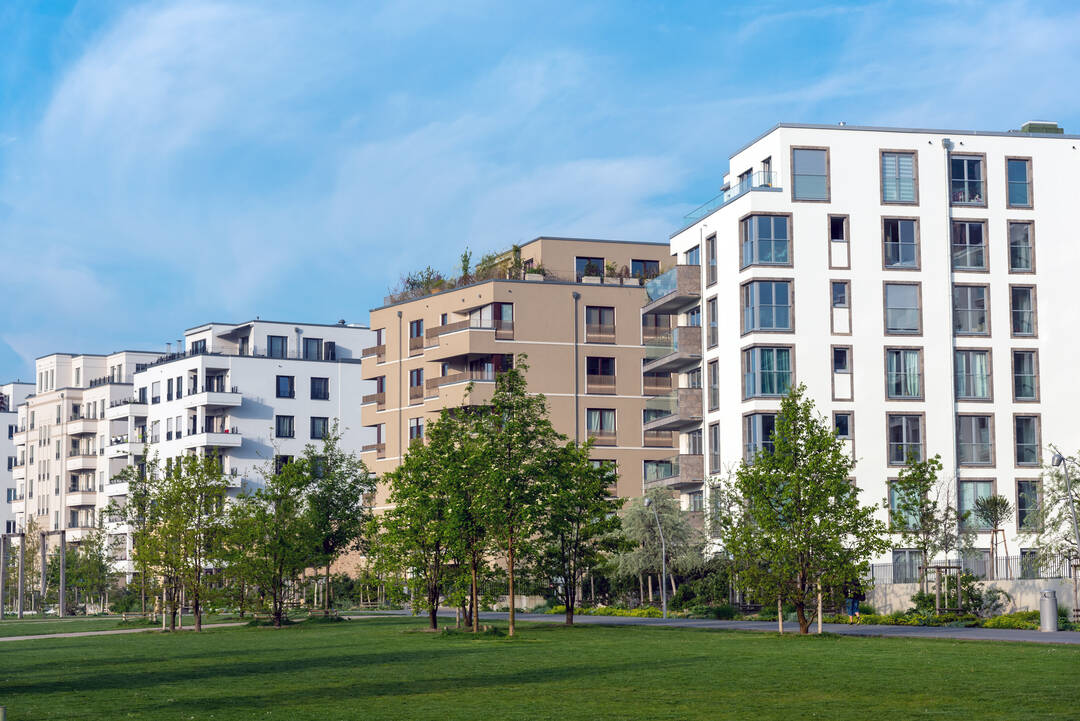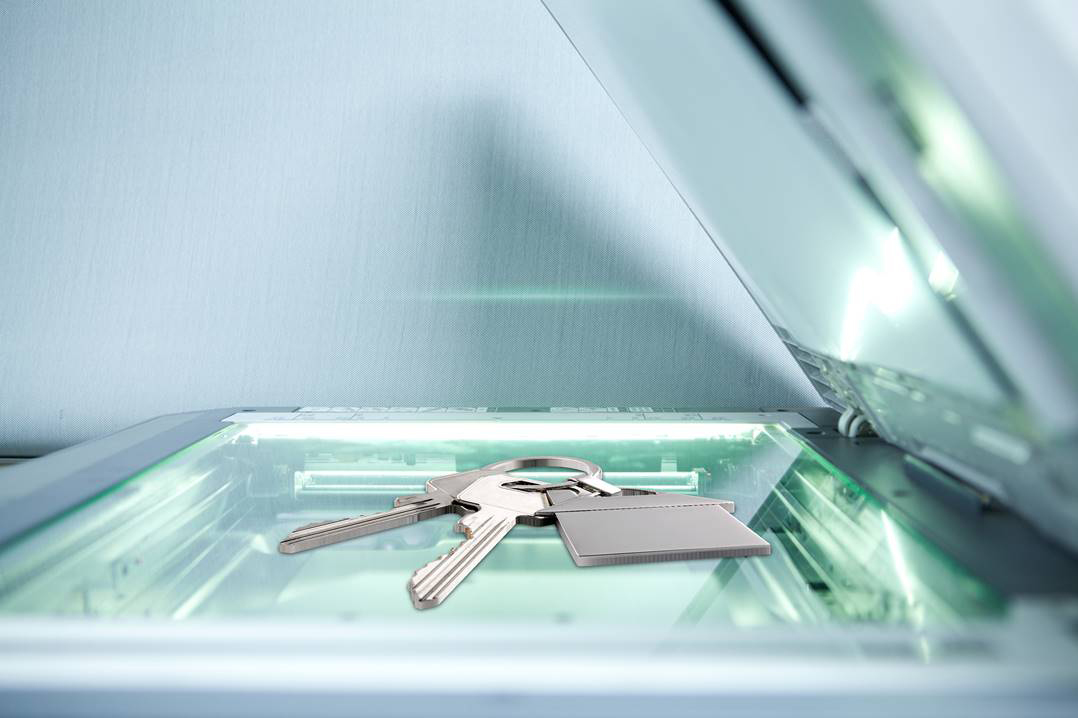
Central key
Central keys lock central cylinders within a central locking system.
Individual locks as well as central locking systems exist in such a system. The latter contains so-called central cylinders. A system with a central key is often used in rental buildings with basement, house, attic or garage doors.
Areas of use

A central key locks all central cylinders as already described. For example, for the main entrance door or basement door of an apartment building.
Therefore, the central key is often used by facility managers or other personnel to gain access to specific areas of a building. However, access to the apartment using the master key remains denied, as the individual apartments can only be opened with the associated individual key.
The same applies to private basement and loft locks with individual locks. At the same time, apartment keys also fit the aforementioned locking devices with central cylinders and central keys.
Technology
Locks normally have 5 pins in a lock. A key has prongs, the so-called "profile”. With these prongs, the key pushes the pins of the lock down when you push it into the lock. As soon as all pins are pushed to the correct depth, the lock can be turned and opened. The prongs of the key are, so to speak, the code for opening the lock. Depending on requirements, a central key has the code for certain locks within a locking system.
Advantage of a central key
The main argument for a locking system with a central key is the grouping of individual access authorisations. Different groups of people can be formed. Each access category is issued with a key that matches the respective approved access area.
The access of a certain group of people, such as facility managers, cleaning and security personnel to certain areas of a building complex can therefore be clearly regulated. At the same time, another group of people (e.g. tenants) as well as the right to enter these areas and additionally the possibility to open their apartment door or the basement section.
Disadvantage of a central key
As practical as the use of a locking system using a central key is, it also entails some shortcomings.
As soon as a central key is lost – whether by facility manager or tenant – an enormous amount of time and organisation is required. As the security of the building is no longer guaranteed, it is essential to replace the entire locking system. The cost of replacing a locking system with a master key can easily amount to up to €20,000.
But it is not just the key loss that has come about. Forbidden disclosure or illegal copying of master keys is another risk factor. Tenants often do not inform property management whether a key has been lost or even copied without authorisation.
This results in another disadvantage: inadequate key management. It is true that at the outset it is recorded in writing which party receives how many keys. However, regardless of whether a key is lost or illegally copied, the lessor can never be sure which person has access to the building or how many keys are in circulation.

The solution
As soon as a conventional locking system with a central key is replaced by an electronic locking system, the aforementioned problems are resolved. Mechanical keys are replaced by modern electronic access media. These media in the form of transponders or cards can be conveniently controlled externally. In the event of a loss or new access authorisation, it is therefore possible to react quickly and purposefully.
The tenant remains flexible when using a digital locking system. This means that the neighbour can be granted temporary access to the apartment in order to, for example, watering flowers. At the same time, the housekeeping has a complete overview of a building's access authorisations in real time: Who is allowed to enter where and when?
Problems and concerns regarding building security or a lack of key management are therefore a thing of the past forever.
